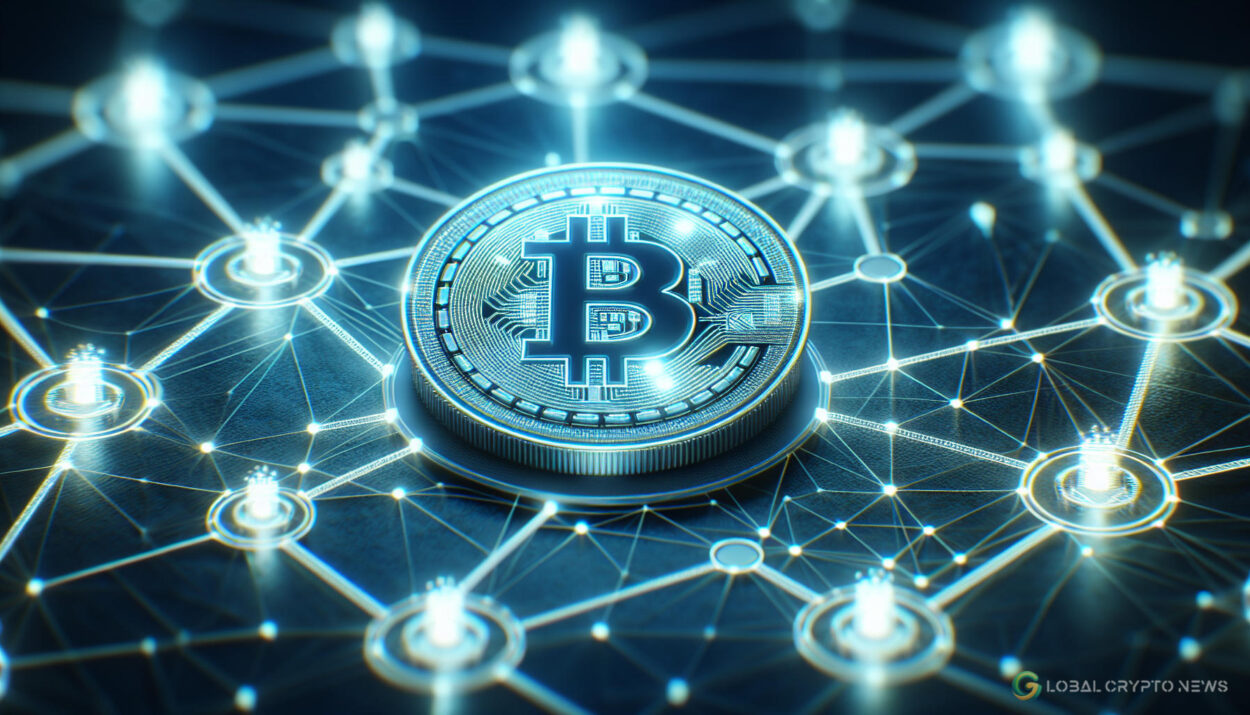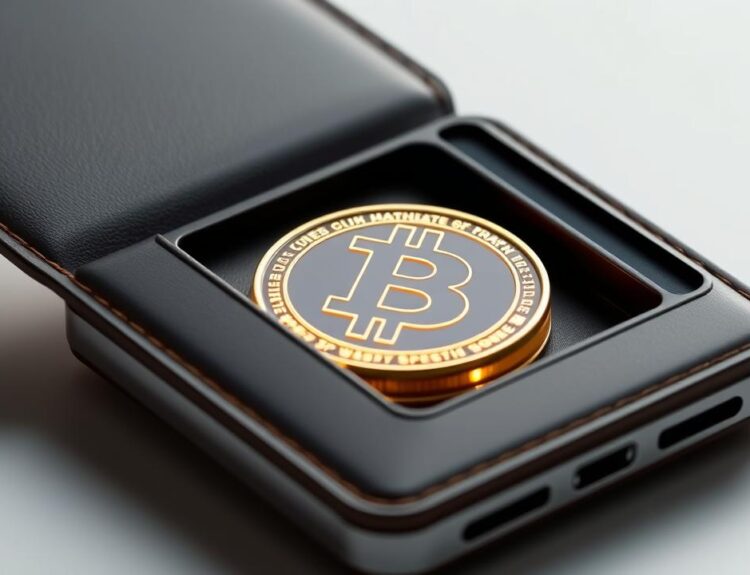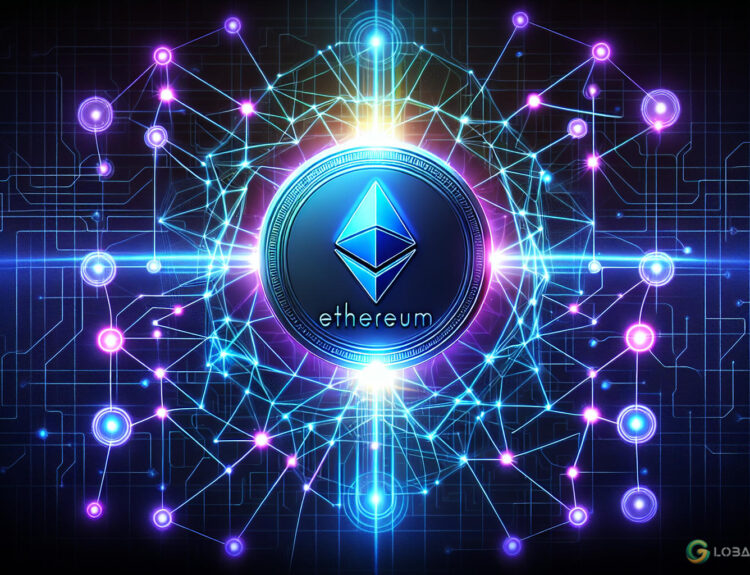Disclosure: The views and opinions expressed here belong solely to the author and do not represent the views and opinions of Global Crypto News’ editorial team.
This is Part Two of a three-part series interview with William Quigley, a cryptocurrency and blockchain investor, and co-founder of WAX and Tether, conducted by Selva Ozelli exclusively for Global Crypto News. Part One focused on Sam Bankman-Fried’s and Changpeng Zhao’s prison sentences. Part Two delves into cryptocurrency and banking. Part Three will explore the future of NFTs.
Tokenizing the Banking System
Question: In Part One of our interview, you mentioned that you began your career at Andersen as a bank auditor. Recently, a crypto banking report ranked the most crypto-friendly banks globally. What are your thoughts on tokenizing the banking system?
Money and payments have been evolving consistently. The methods society uses to store and transfer value have changed significantly, first through digitization and now through tokenization. Each major upgrade to the global monetary system has introduced new benefits and risks. With digitization, most “money” is essentially ledger balances on databases maintained by commercial banks. These databases primarily run on Unix and Unix-like operating systems, developed in the 1960s.
The tokenization of the global financial system is still in its early stages but has the potential to transform how ownership of commercial bank deposits, payments, government, and corporate bonds, money market fund shares, gold, real estate, and other assets and liabilities are recorded on blockchains and other distributed ledgers.
Several financial institutions are exploring tokenizing assets to improve value transfer using blockchain technology, facilitating fast, secure, low-cost international payment processing services through encrypted distributed ledgers. Despite advancements in digitization, our banking payment and settlement systems remain slow and inefficient, with delayed settlements and numerous intermediaries adding costs.
Tokenization and distributed ledgers can overcome many of these obstacles by operating globally around the clock and introducing real-time settlement finality. Tokenization offers:
- Programmability — making it easier for banks and customers to automatically manage funds, respond to liquidity stresses, and move liquidity as needed.
- Instant settlement — allowing for future transfers of value to self-execute based on future conditions, increasing the speed of bank settlements.
- Atomic settlement — reducing the risk of loss between payment and delivery, including simultaneous exchange and settlement among multiple parties.
- Immutability of the shared ledger — serving as a reliable transaction record and audit trail, reducing payment errors, and cutting account reconciliation time.
While tokenization of the global financial system will face challenges and risks, we already see examples of its benefits. For instance, the digital yuan, rolled out in 2020, could position China ahead in the global race to develop a state-backed digital currency, known as a central bank digital currency (CBDC). According to data from the People’s Bank of China, the digital yuan has been used mainly for domestic retail and public sector payments, amounting to 100 billion yuan ($14.5 billion).
Challenges and Risks of Tokenization
Question: What challenges and risks will tokenization introduce to the banking industry?
The fall of cryptocurrency exchange FTX was a watershed moment that led to a market slump, a crypto banking crisis in 2023 with five bank failures, regulatory backlash, and further bankruptcies. On April 26, U.S. regulators closed Republic First Bank due to “material weaknesses in internal control over financial reporting.” Consulting firm Klaros Group analyzed about 4,000 U.S. banks and identified 282 smaller banks facing potential losses tied to higher interest rates.
Many open questions remain regarding the tokenization of the global banking system. If tokenization plays a central role in our future financial system, with small banks being taken over by larger banks, several issues need addressing:
- Will there be a small handful of unified, interoperable ledgers of banks on which all tokenized transactions occur globally?
- Will many banks maintain their own blockchains?
- To what extent will these banking blockchain platforms be interoperable for global transactions?
- How will cyber security and other financial risks be handled among banks?
For example, when Silicon Valley Bank failed, stablecoin USDC broke its dollar peg after Circle revealed that $3.3 billion of its $40 billion USDC reserves were held at the bank. In contrast, Tether (USDT), the world’s first and most traded stablecoin, managed its reserve deposits more transparently.
From a legal, regulatory, and tax perspective, countries are introducing different regimes governing digital assets and blockchains. Additional work is needed to clarify ownership and other rights associated with a given asset across borders.
Eventually, these questions will be answered as financial institutions, developers, regulators, and other stakeholders continue developing blockchain technology. Meanwhile, global standards in money laundering and tax laws are being established by organizations such as the Financial Action Task Force (FAFT) and the Organization for Economic Co-operation and Development (OECD).
Tether Stablecoin
Question: In Part One, you mentioned co-founding Tether, the world’s most traded digital asset. Can you tell us more about Tether?
Tether is a fiat-backed stablecoin launched by Tether Limited Inc. in 2014. Tether Limited is owned by the British Virgin Islands-based company iFinex Inc., which also owns Bitfinex, a Hong Kong-based cryptocurrency exchange.
As of May 2024, Tether has been minted on 14 protocols and blockchains. Tether stablecoins avoid extreme volatility by tying their values to traditional currencies like the US dollar, euro, or Chinese yuan. Tether launched #BRICST last year at the BRICS Summit, a BRICS stablecoin pegged to the Chinese yuan, offering 10% per annum returns.
Tether is the largest cryptocurrency in trading volume, commanding 64% of the stablecoin market. Having surpassed Bitcoin in 2019, USDT became the most traded digital asset globally. As of May 4, 2024, Tether had over $110 billion, €36 million, ¥20 million, Mex $19 million, and AUDT 246,000 in circulation, raising concerns about systemic risks for digital asset markets and wider financial stability.
Tether is generally considered safe for investment, mainly as a hedge against other digital assets’ volatility. However, like any investment, it comes with risks. Investors should consider Tether’s efforts to maintain transparency by publishing a record of current reserve assets daily and complying with international regulations.
Illicit Use of Tether
Question: As the most traded digital asset, Tether is used in illicit transactions. According to TRM Labs, USDT was linked to $19.3 billion of illicit transactions in 2023. Any comments on this?
Since December 1, 2023, Tether has been cooperating with law enforcement and regulatory agencies by introducing a voluntary wallet-freezing policy. Tether offers secondary market controls to freeze transactions associated with individuals on the United States Office of Foreign Assets Control (OFAC) Specially Designated Nationals (SDN) List.
Recently, Tether partnered with blockchain surveillance company Chainalysis to monitor transactions with its tokens on secondary markets. This monitoring system helps Tether identify risky crypto addresses or wallets that could engage in illicit activities like terrorist financing and illicit transfers.
Stay updated on the latest cryptocurrency news and trends by exploring more articles on Global Crypto News.

























